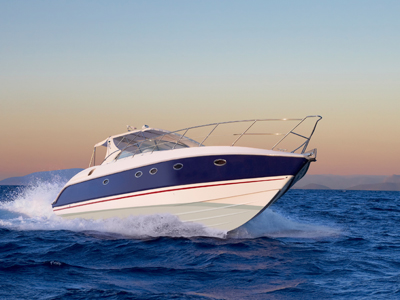Considering how forces affect the motion of objects is an important part of senior high school Physics. Many of the concepts and formulae used in this module were worked out by Sir Isaac Newton, the famous and talented seventeenth century scientist whose name is now used for the unit of force.
Newton formulated three laws of motion based on his observations. His first law is written down slightly differently, according to what source of information you use. Essentially, it says that "an object at rest will remain at rest unless acted on by an unbalanced force. An object in motion continues in motion with the same speed and in the same direction unless acted upon by an unbalanced force". In other words, objects will tend to keep doing exactly what they are doing, unless a force is applied. It is sometimes called the 'law of inertia'.
But the crucial point that Newton realized was that the force must be unbalanced. So, in practical terms, when a force is applied to a stationary object, it could move or, it could stay exactly where it was or it could change shape. It all depends on the balancing forces. If the applied force is insufficient to overcome friction, or if the object is fixed in place, it won't move. If the applied force is sufficient to overcome the reaction force of the fixing, the object will move. If the forces keeping the object in shape are less than the force applied, then the object will change shape and could break.
When a force acts on a moving object, several things could happen. It could change shape, direction or speed. What definitely won't happen is nothing! It is all about the resultant force.
When an unbalanced force is acting on something, it will accelerate, but as soon as the force is removed, the acceleration will stop and the object will continue with the same velocity. Remember, velocity is a vector and has both magnitude and direction. From this idea, Newton's second law links the resultant force to the mass and the acceleration of an object in the form of the equation F = m x a.
Where you don't have the value of the force causing the acceleration, or the mass of the object, you can calculate acceleration from the change in speed or velocity divided by the time taken for the change. If you plot a velocity-time (or speed-time) graph, the gradient at any given point is the acceleration. Acceleration is a measure of the change in speed in a given time so if you think about how you work out the gradient of any graph, you will see why that is the case.








